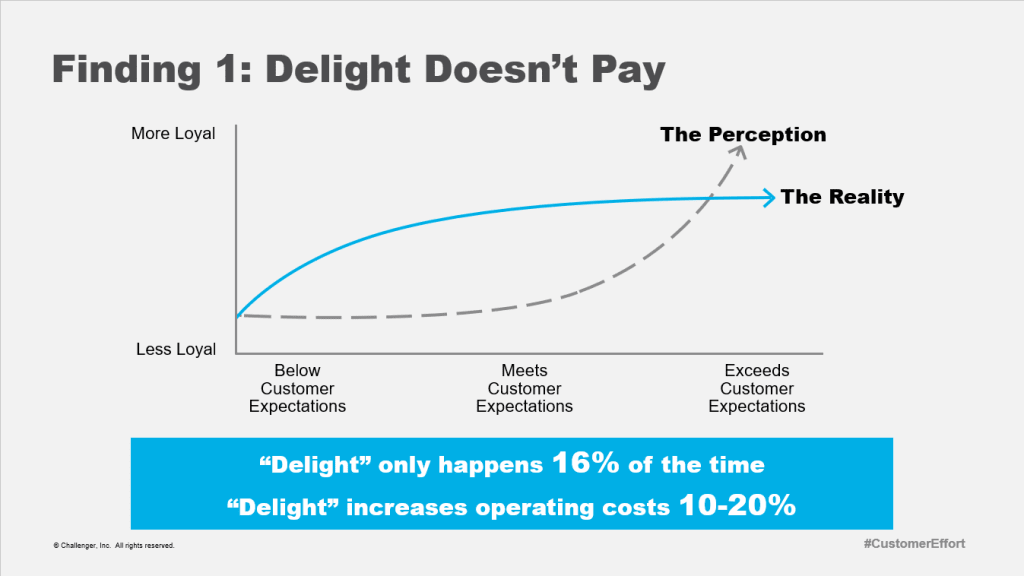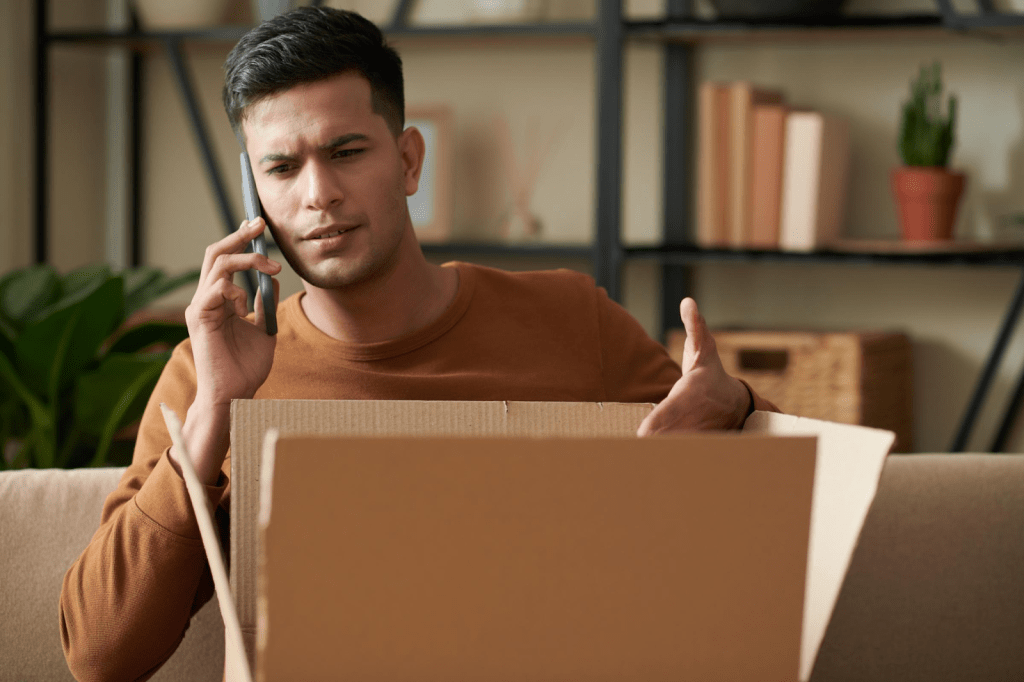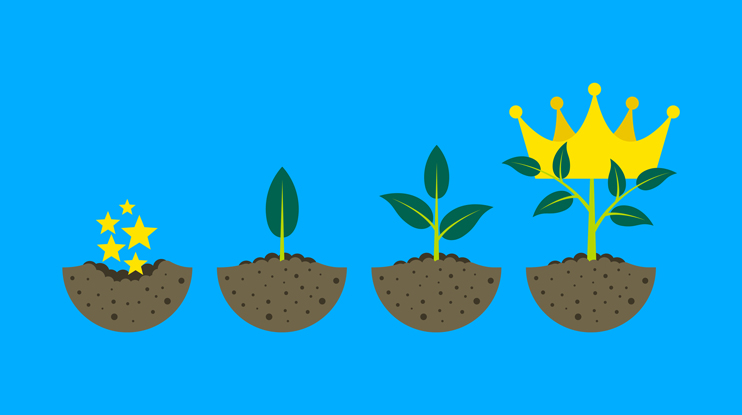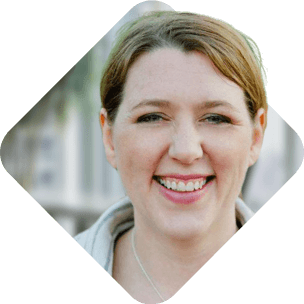The pandemic launched more digital shopping and customer engagement opportunities than ever before. In fact, app-based shopping and online chat support seem to be the preferred methods of doing business, according to a Salesforce survey. To meet their needs, 57% of customers first go online. And 59% prefer to solve their own simple issues with online tools.
But a preference for online doesn’t always translate to delight, let alone satisfaction. And what’s more, many may be conflating customer satisfaction with customer delight.
In fact, there’s a lot of discussion these days about “delighting customers.” It’s a noble goal. But delighting is not the same as satisfying. While that may seem like a small quibble, is your company wasting budget by aiming for the wrong things?
First, let’s define customer delight vs customer satisfaction.
Customer Delight vs Customer Satisfaction
Many describe customer delight as a certain ‘wow’ factor that impacts customer churn. Some might call it a memorable experience. It’s eliciting a feeling in your customers that they can’t get anywhere else. Ostensibly, a delighted customer is a loyal customer. Why can’t the same be said of a satisfied customer?
It’s also true that delight can depend on the individual, since each shopper has their own unique needs and expectation. It might delight me to get free food samples when I order online — but that might annoy someone with a food allergy. While one customer might become more loyal, have you just created unnecessary friction for everyone else?
In a recent webinar on Effortless Customer Experience, Matt Dixon, principal and founder of DCM Consulting, found that “delight” is only achieved a small portion of the time — and at a much higher cost. In fact, self-professed “delight brands” will spend upwards of 10-20% in operating costs.
But doesn’t that extra effort equate to customer loyalty? Dixon said that while that is the conventional wisdom, it’s not the case.
“If we’re brutally honest, delight really doesn’t happen that often. Customers don’t feel delight 84% of the time; it’s somewhere south of delight,” he said. “So the takeaway here is that meeting customer expectation is actually much better than we think.”

Satisfaction and delight aren’t the same thing: while one means meeting basic needs, we equate the other with going above and beyond. Too often, in trying to delight, table stakes are ignored. In fact, you could argue that customer satisfaction should be the norm — with customer delight the result of distilling an experience for a niche audience.
By shooting for satisfaction, you can assure more customers are happy when their basic needs are met — resulting in customer retention. Yet if it was so simple, everyone would be doing it — right?
Why Is Digital Customer Satisfaction So Difficult?
Making anything complex look simple is, well, complex.
In reality, doing baseline things that customers expect takes time and resources. It can be difficult to know which measures can be taken that are both profitable and feed that customer loyalty.
A recent study showed that brands often get this wrong. They focus on doing things that cost time and money — but that don’t do anything to make customers feel served.
For example, people prefer digital channels for simple issues, such as a password reset. Yet for complex problems, 81% of service professionals say the phone is a preferred — up from 76% in 2020.

The data actually revealed that going above and beyond doesn’t offer any better customer loyalty ROI than simply meeting a customer’s initial expectation. This point shows that it’s possible to move the needle on customer loyalty without overspending on ‘wow’ experiences when meeting expectation alone works.
So how do you go about measuring customer satisfaction? This brings us to customer effort score.
What Is Customer Effort Score?
According to Gartner, customer effort is the strongest driver of brand loyalty — or disloyalty. In essence, customer effort score can be defined as a metric that measures how simple it is for customers to use your product or service, resolve a customer support issue, or find needed information. One example of collecting effort scores is rating effort on a scale of 1-7 via a customer satisfaction survey.
Although you want to make customers happy (and loyal), the bigger goal is to keep customers from growing disloyal. Gartner found that customers are four times more likely to leave a service interaction more disloyal than they entered. And disloyal customers can negatively impact the company when they speak or post negatively to others. This multiplies the potential effect on future revenue.
It all comes back to emotional connection — if your customer associates you with a bad experience like having to jump through multiple hoops to get a problem resolved, they’re going to feel the same about your brand as a whole. Positive experiences have the opposite effect; they make customers happy and satisfied. In the long run, they can even turn satisfied customers into brand advocates.
This is a pretty persuasive argument when it comes to creating a positive experience for your customers. So how do you go about accomplishing this? Let’s discuss how to cultivate effortlessness in your digital experiences — culminating in a “low effort” or effortless experience.
What Makes An Effortless Experience?
A satisfied customer is one that doesn’t have to work hard to get answers, buy things, or solve their problems. They gravitate to brands that reward them with “low effort” experiences. What makes a low effort — also known as effortless — experience?
Let’s look at symptoms of a “high effort” experience to learn what not to do:
Don’t Make Customers Repeat Themselves
People have limited time and patience. Asking them to tell you about their product issue once is bad enough.
Asking them to tell you twice may signal the end of your customer relationship, as 46% of respondents to our annual survey of 4,000 consumers said that conflicting information from agents made them want to abandon a company.

When customers are forced to search for the same information on multiple portals or have to repeat their faulty product situation to multiple customer agents, they will not feel served. Low-effort experiences don’t make customers do anything more than one time.
(And customer agents don’t like doing things more than once either, so getting this correct delights both external and internal stakeholders.)
Don’t Force Them To Switch Channels
Another high effort experience that drives customer churn is asking customers to reach out to multiple places to get their issues resolved. An example would be having a chat pop-up on your website that directs them to an FAQ page that then tells them to call a 1-800 number.
Chasing down a resolution across many channels is seen by customers as a waste of time and could be prevented altogether.
The previously cited Salesforce survey provides a bird-eye view of customers’ shifting service channel preference. What makes sense for your company will be unique to your audience — so do your homework.

Don’t Make Them Dig For Information in Silos
Findability is key. Customers don’t want to feel like every interaction with your brand is the first, especially if they have a long history with your company. Ensuring consistent and unified access to the same information is paramount, which is why a unified index is so useful. When used in conjunction with Knowledge Centered Service®* (KCS), the same information is available regardless of where customers query.
And agents should have access to that information, too. KCS relies on more than the information a customer provides through their initial outreach. With a history of the products they’ve purchased, the pages they’ve visited, and the solutions they’ve already tried, agents can provide targeted and personalized advice to get customers served quickly and appropriately for their unique situation.

Whether they reach out through a phone call, chat app, or search bar, the experience should be consistent. Fulfilling one set of customer needs should be completely unique to another’s.
How Can AI Reduce Customer Effort?
Companies may shy away from things that require additional knowledge, personalization, and technology because these things cost money and resources. But using technology to bridge customer service gaps, however, can make it surprisingly affordable and scalable over time.
In fact, AI can parse data across information silos and get all of your customer reps on the same page. AI also creates anticipated knowledge results, so customers using self-serve methods can see the solution most likely to help based on what other customers with similar problems have found helpful. (This is also known as social proof, a popular ecommerce topic that easily applies to service).
From better product recommendations to more trustworthy search results, AI reduces effort for everyone: the customer and support agent. Get a break down of the four strategies you can implement to give your customers a better experience — and grow your business.
Dig Deeper
Interested in learning more? Our recent webinar on Using AI to Create an Effortless Experience breaks down the most common symptoms of a high-effort experience and shares the ways AI tools transform them into low-effort experiences. You’ll get solutions that are scalable and with a significant ROI to your company.


